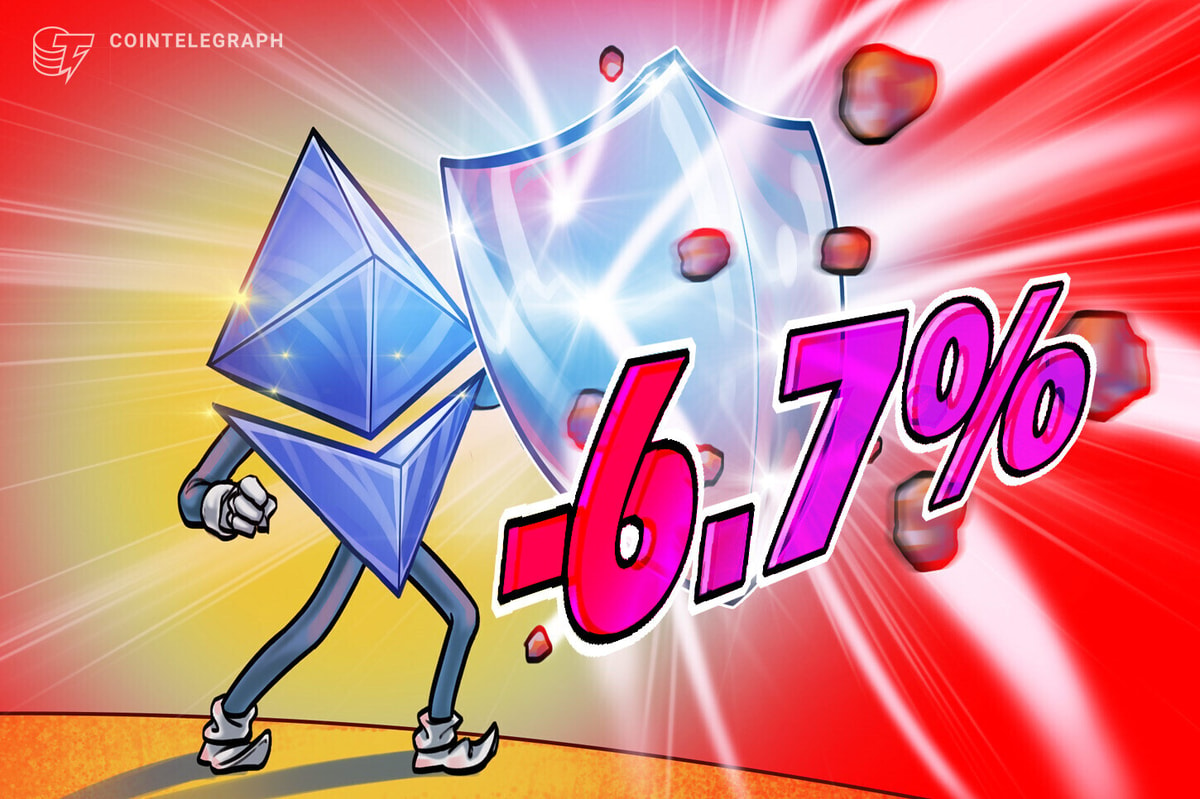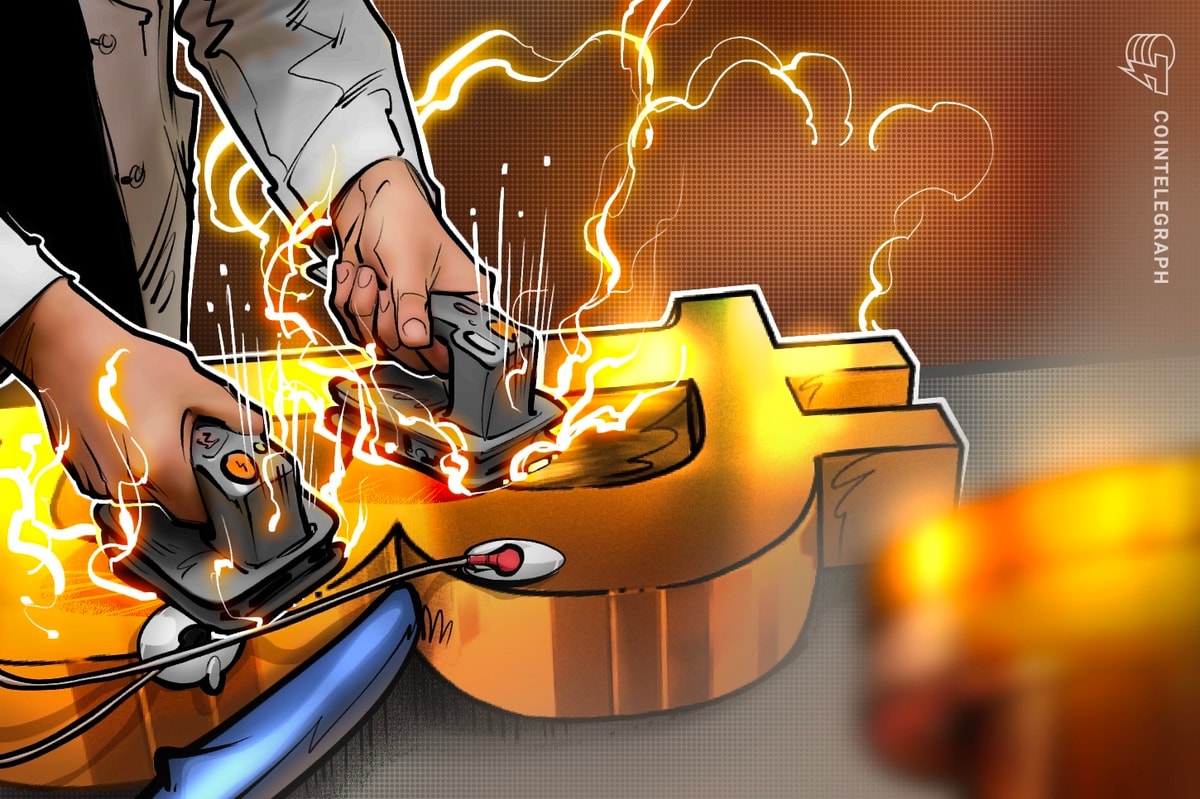Ether (ETH), the native cryptocurrency of the layer-1 Ethereum blockchain network, is down about 6.7% in the past 24 hours, following Friday’s market crash, showing greater price resilience than many altcoins, which crashed by over 95% in some cases.
The market crash sparked by US President Donald Trump’s tariff announcement took the price of ETH down to a low of about $3,510 on Friday, a decline of over 20% in a single day.
Price tapped the 200-day exponential moving average (EMA), a dynamic support level, before rebounding to over $3,800. The relative strength index (RSI) is also at 35, nearing oversold conditions, signaling a potential reversal to the upside.
The sudden market downturn liquidated nearly 1.6 million crypto traders, according to Coinglass. Following the market carnage, Sassal, a crypto investor, said:
“BTC and ETH did relatively well compared to the long-tail of alts, which nuked 70% or more, with some even going down 95% or more. I’m not usually into conspiracies, but clearly this was not normal market behavior.”
Friday’s market crash represented the most severe crypto liquidation event in history, wiping away up to $20 billion in 24 hours and shaking investor confidence in the markets, as fears of a protracted trade war between the US and China gripped traders.
Related: ETH sells off alongside Bitcoin, but Ether adoption pace still supports rally to $10K
ETH to $5,500 next or will inbound sell pressure suppress price?
ETH is down over 22% from its all-time high of $4,957 reached in August, according to data from TradingView.
Analysts from investment research firm Fundstrat forecast that ETH could rally to a new all-time high of $5,550 after bottoming out in Friday’s market downturn.
However, potential sell pressure could keep prices down. The Ethereum exchange inflow mean, a metric that tracks the number of coins sent to exchanges for possible selling, reached 79 on Saturday, according to CryptoQuant.
This marks the highest level of ETH exchange inflows recorded in 2025. Higher exchange inflow levels can mean increased selling pressure, while reduced exchange inflows signal that investors are holding for the long term, creating a foundation for price increases.
Withdrawals from Ethereum’s staking queue also hit a record $10 billion in October, which could signal potential sell pressure from validators exiting the queue, but does not necessarily mean they will sell, analysts from market intelligence platform Nansen told Cointelegraph.
Magazine: Alibaba founder’s Ethereum push, whales are 91% of the Korean market: Asia Express
Read the full article here















